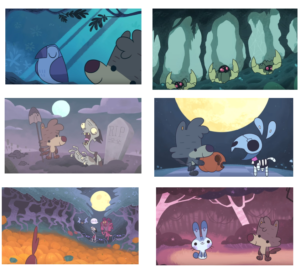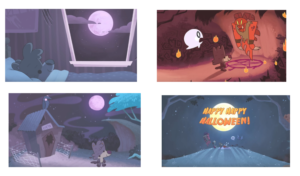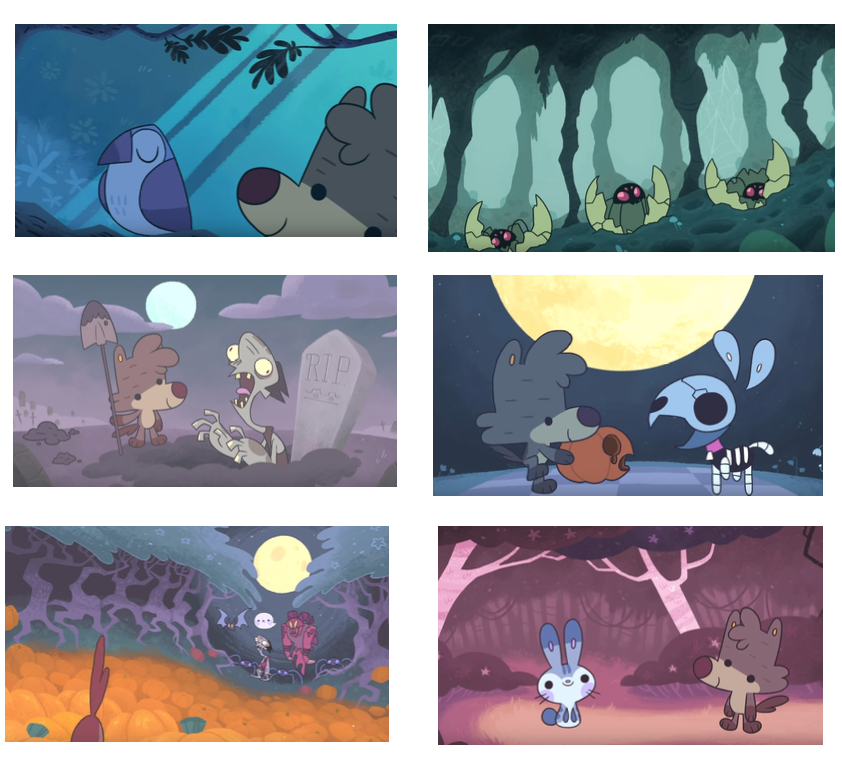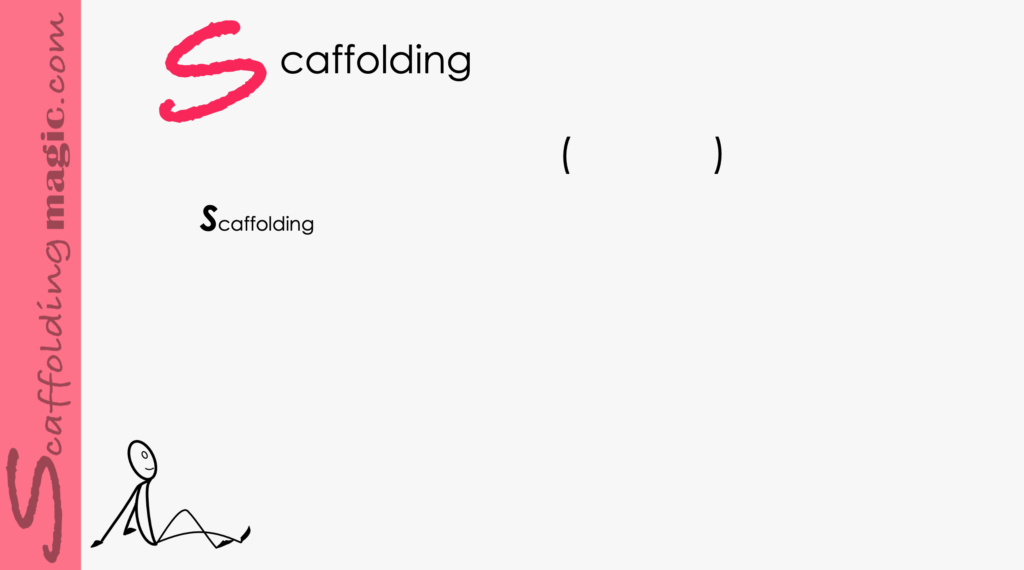You caught a beauty!!!
Download PDF of scaffold here.
Download PDF of scaffold here.


theory behind scaffold…
Writing is often the most difficult skill for English learners to master. The difficulty lies not only in generating and organising ideas, but also in translating these ideas into readable text.
The basic steps for a writing task are*:
- planning
- drafting
- revising
- editing.
You can use the following activity with any lesson you’re planning for the celebration of Halloween. In this case, we’re going to use a video that will probably encourage your students’ imagination, while giving them the opportunity to further their organisational skills by ordering their thoughts into cohesive sentences and paragraphs and following the four steps above.
There is an added benefit of including multi-cultural and historical references to this enigmatic holiday, beginning with a shallow dive into the fascinating world of Pagan rituals.

*Richards, Jack C. (2002). The Methodology in Language Teaching. Cambridge University Press.
You´ll be giving your students images from the Happy Halloween video, and letting them write an original script. This technique gives them the opportunity for student agency:
- What do I think the images represent?
- What could the characters be saying?
- What could they be thinking?
- What is going to happen?
- Can I fool the audience and try to make them believe something that they’re not seeing?
- What are the characters’ names? Can these mean something from the research I’ve done?
- Can I have the characters speak to the viewers (and break the theatrical fourth wall)?
- What if I include a very funny joke I just heard?
- What if I add a significant message to the ending of the video?
Hopefully, you’ll have many surprise stories and laughs when you´re sharing their scripts.
Afterwards, you´ll all watch the video, and you can further the activity by asking them to vote on the most original script, scariest, strangest, most nonsensical, etc. stories presented. Each group gives a verbal award to each of the other groups, so that everyone feels represented and appreciated.
step by step…

- Print out one set of images of the video for each group from the template.
- Each group receives a set of images, and they work together to plan, draft, revise and edit a script based on the images.
- To generate ideas, you can give them the following questions. Go over them as a class and ask each group to add one more before they begin:
- What do I think the images represent?
- What could the characters be saying?
- What could they be thinking?
- What is going to happen?
- Can I fool the audience and try to make them believe something that they’re not seeing?
- What are the characters’ names? Can these mean something from the research I’ve done?
- Can I have the characters speak to the viewers (and break the theatrical fourth wall)?
- What if I include a very funny joke I just heard?
- What if I add a significant message to the ending of the video?
- Groups present their story by ordering their images so that they follow the story they’ve written. One criteria during the work period is that every group member must participate in the presentation in some way.
- Once all groups have presented, show the video.
- Formative Assessment: Groups write comments on each story presented by their classmates, including the one presented in the video. Remember to present the four steps of appropriate feedback. (Be kind, Be specific, Be helpful, Talk about the work, not the person.)
- Reflection: Students write 100-150 words on their impressions of getting to know the images of the video before watching it and whether this dynamic helped them to understand the story presented in the video better than they would have otherwise. (Remember, we want to help our students become more powerful learners and this happens when they become more conscious of different learning styles and how they themselves learn best.)



Scaffoldingmagic.com is your entryway into DYNAMIC bilingual learning methodologies, such as Phenomenon-Based Learning, CLIL, EMI, and ESL. You’ll find ways to implement critical thinking tools (DOK) to promote higher level thinking, the growth mindset, instill an ethic of excellence, deep reflection on learning, and all through multi-cultural, interdisciplinary activities. We have the keys to turning competences into action and to creating collective efficacy in your school so you move ahead as a unified, enthusiastic team.



